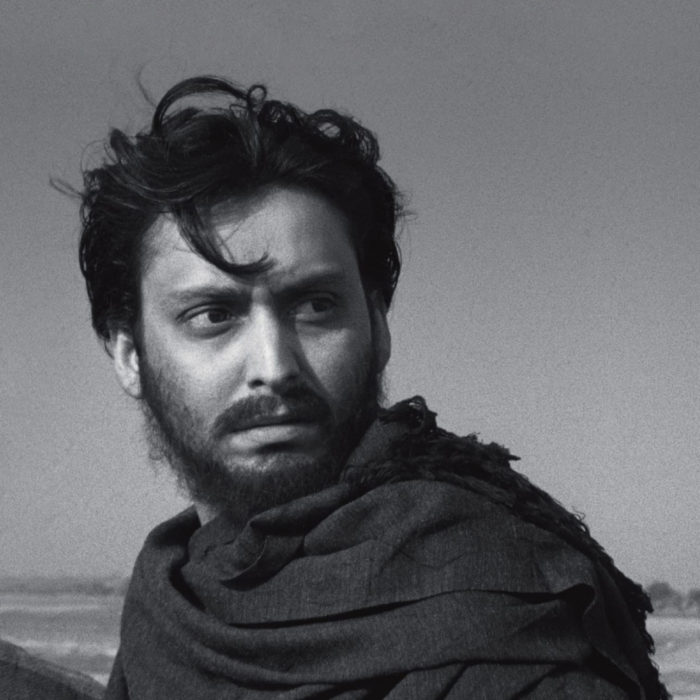

It’s been a little more than two years since I watched Pather Panchali, the first film in Satyajit Ray’s Apu Trilogy, and I couldn’t possibly wait another year before wrapping things up. So here’s another bonus review, my 11th exhausting post this Criterion Month.
One thing that I always find amusing reading up on The Apu Trilogy is the exact proportions Wikipedia uses to explain how much of Bibhutibhushan Bandyopadhyay’s two source novels inspired each film. Pather Panchali, the movie, apparently represents only “four fifths” of that book, with sequel Aparajito picking up the last fifth as well as the first third of the second novel, also called Aparajito. This means that Apur Sansar both has the least material to draw from and is the first film in the trilogy not to take its title from one of the books. That title aspect is actually important, as it is reflected in the scope of this picture. Apur Sansar translates to “The World of Apu” and while the first two movies in the trilogy were about a family, the third picture is all about Apu.









